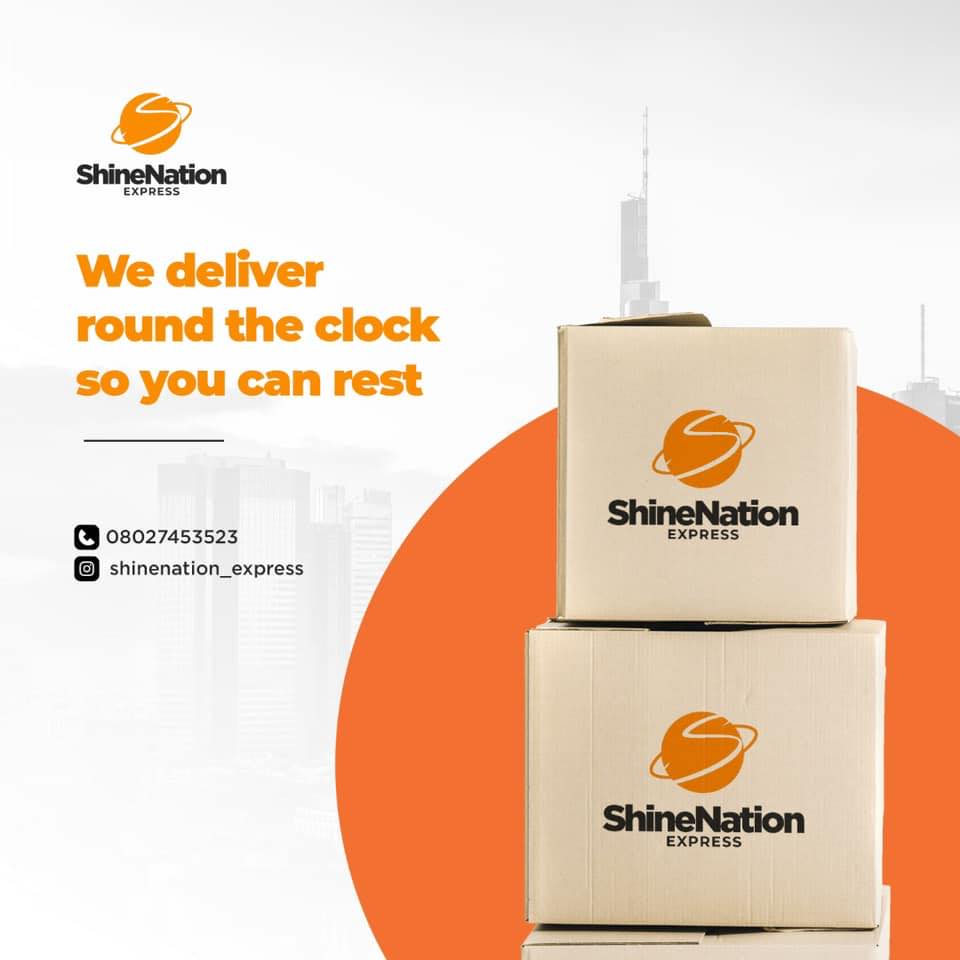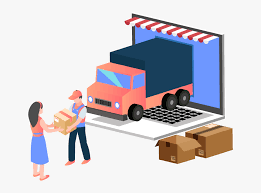How do you automate the shipping process?
What are the different shipping methods?
Offering a combination of different shipping methods is a surefire way to build brand loyalty and reduce cart abandonment. There are several different shipping methods to offer your customers, including 2-day ground shipping, same-day delivery, and expedited shipping. The type of shipping methods you’re able to offer will depend on your shipping process and where you geographically store inventory compared to where your customers are located.
How can I improve my shipping process?
Be it building a network of distributed warehouses or choosing the right carrier, there are so many moving pieces that need to be managed simultaneously to ensure shipping efficiency. While all of it can be done in-house, it means you have to invest in a great amount of resources (staff and space). Instead, just employ the services of a 3PL shipping solution that automates the fulfillment process (warehousing, picking, packing, and shipping), allowing ecommerce merchants to accomplish more.
What is the process of freight shipping?
Freight shipping is the transportation of large shipments of goods transported domestically or across the globe via air, land, or sea. Any shipment that is larger than 30 inches by 30 inches by 30 inches, or weighs over 150 pounds is considered freight. Freight delivery shipments can either be loaded onto a truck on pallets or floor-loaded. Similarly, freight forwarders are individuals or organizations that negotiate with multiple carriers to organize shipment of goods from the manufacturer to a final destination (market or customer), acting as an intermediary between a shipper and the shipper’s preferred transportation.














